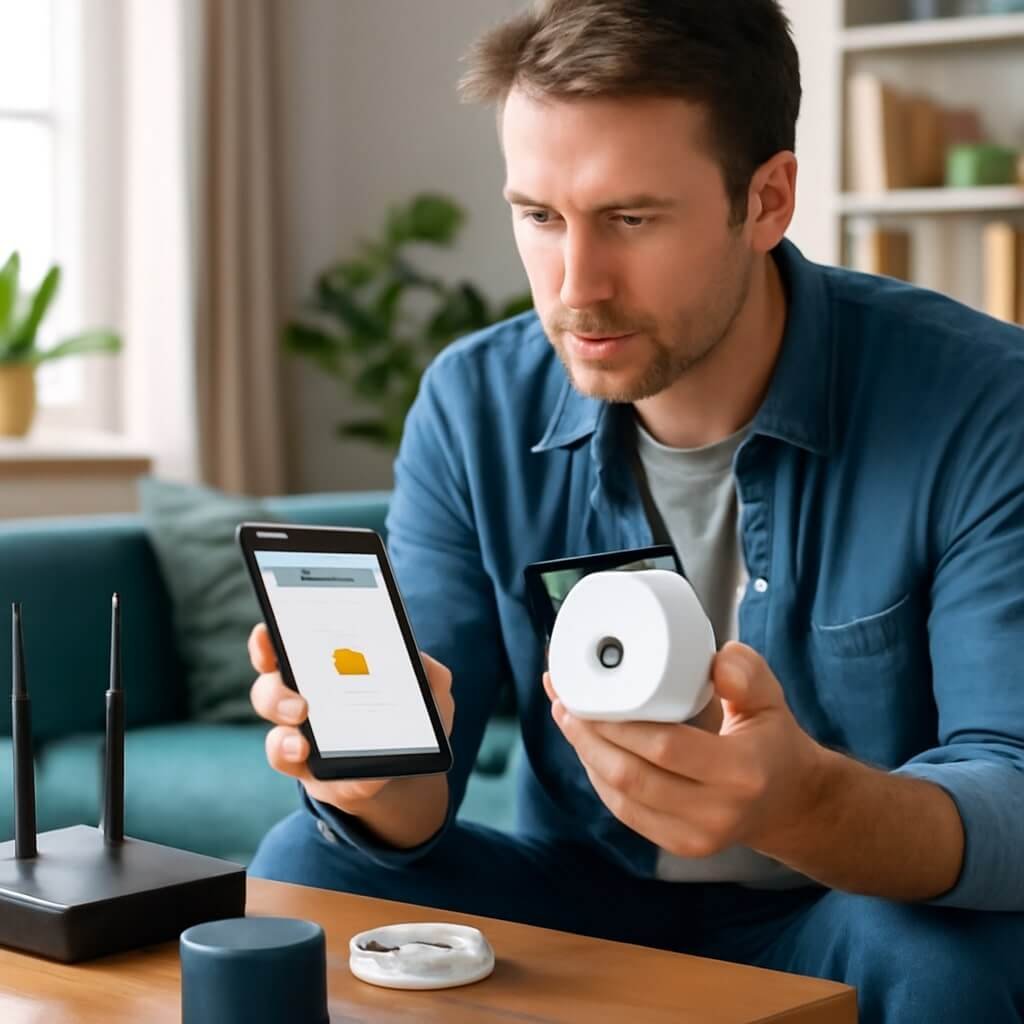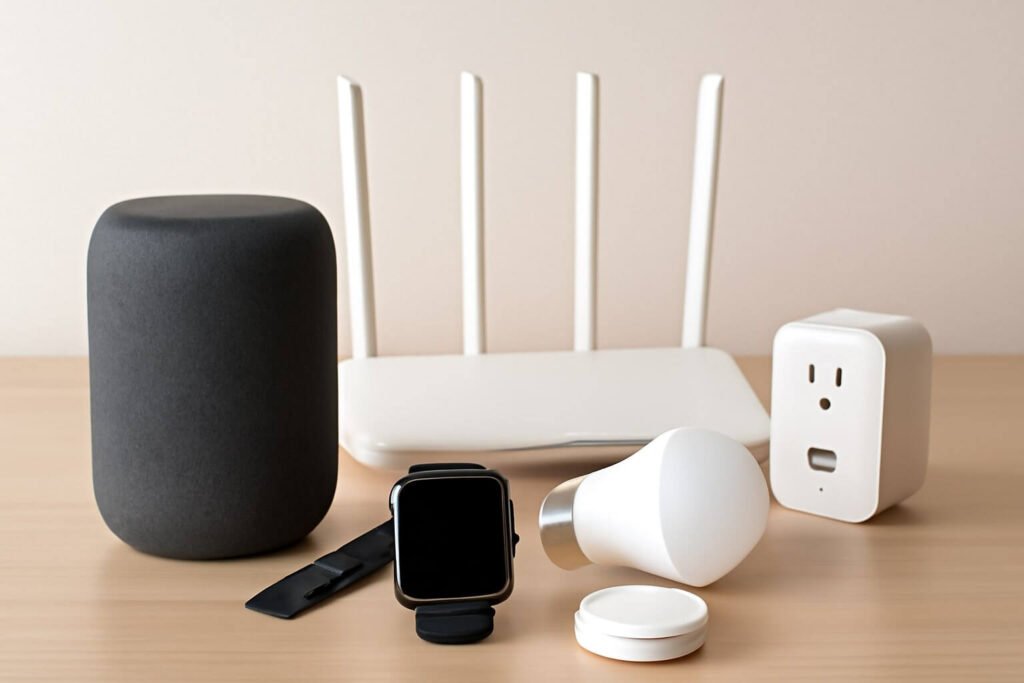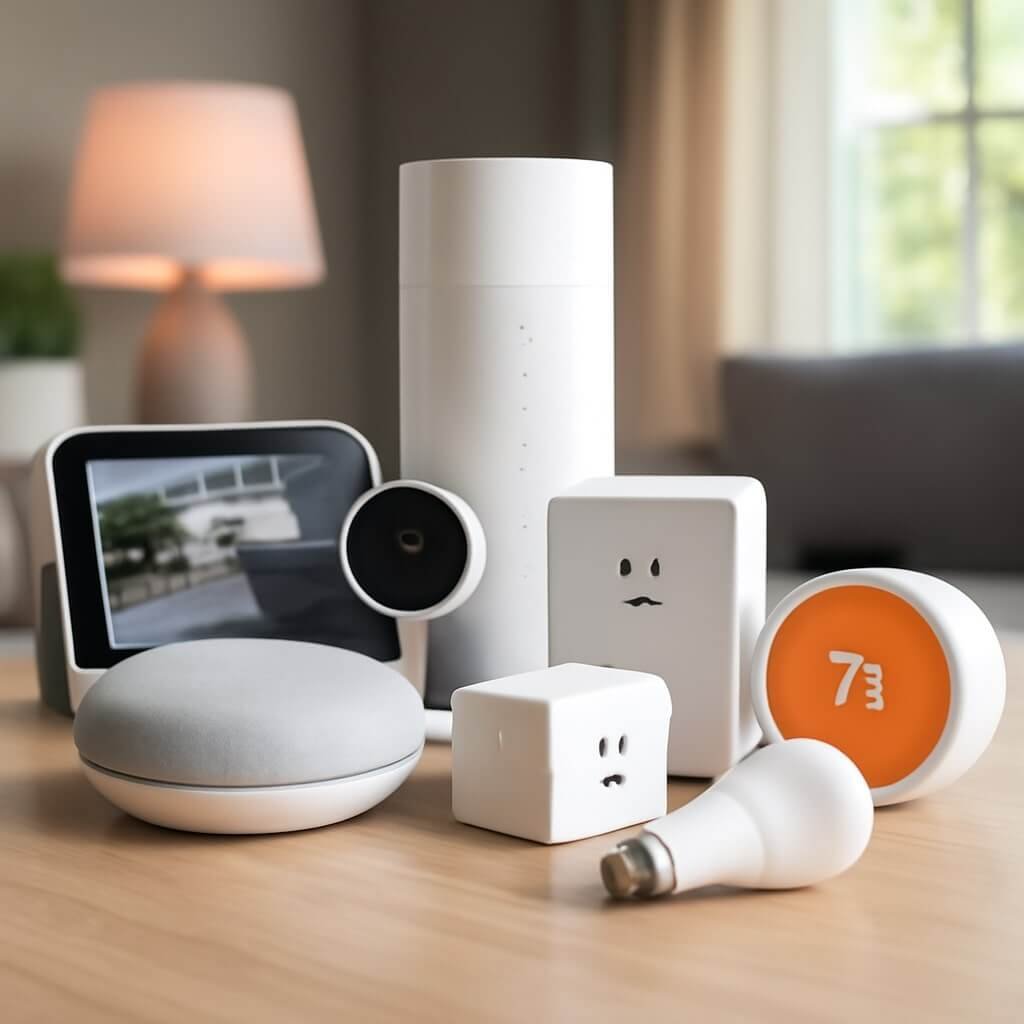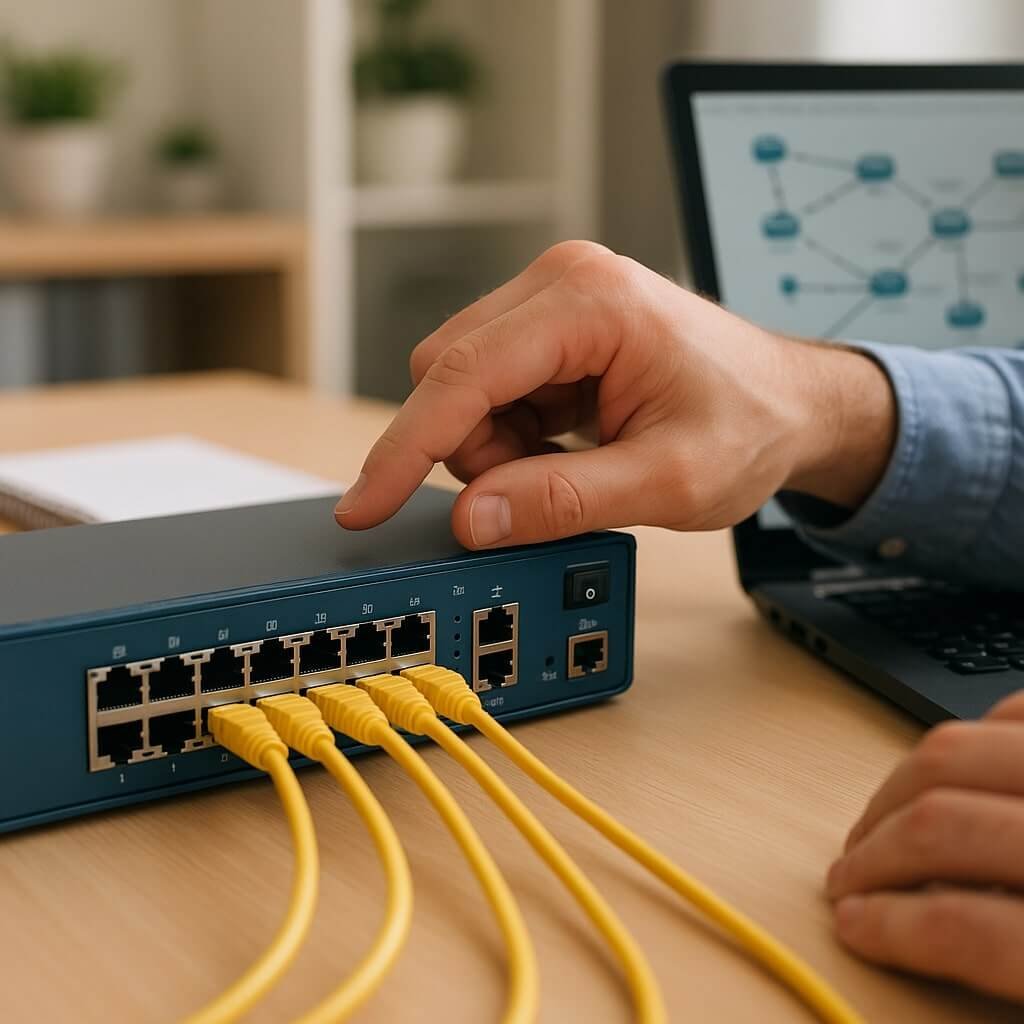Smart home devices have revolutionised how we interact with our living spaces, making everyday tasks more convenient and efficient. However, like any technology, these devices can sometimes encounter issues that disrupt their functionality. Whether it’s a smart thermostat that refuses to respond or a voice assistant that won’t hear your commands, troubleshooting smart home device issues is a crucial skill for every homeowner embracing smart technology.
In this guide, you’ll discover how to troubleshoot common smart home device issues step-by-step, ensuring your smart home ecosystem runs smoothly and seamlessly. From network fixes to device resets, firmware updates, and managing interference, these 15 power tips will arm you with practical solutions to keep your smart devices performing at their best.
Understanding Your Smart Home Ecosystem
Common Smart Home Devices and Their Connectivity
Before diving into troubleshooting, it’s vital to understand your smart home ecosystem. Devices range from smart bulbs, locks, cameras, and thermostats to voice assistants like Alexa, Google Assistant, and Apple HomeKit. These devices primarily rely on wireless networks such as Wi-Fi, Zigbee, or Z-Wave for communication.
Recognising which devices connect via which protocol and how they interact helps narrow down issues. For example, a smart bulb using Zigbee might face different connectivity challenges than a Wi-Fi-enabled security camera.
Step 1: Check Your Network Connection
Diagnosing Wi-Fi Problems
Wi-Fi is the backbone of most smart home devices. A weak or unstable network can cause delayed commands, device disconnections, or failure to operate. Start troubleshooting by:
- Check if your Wi-Fi is active and stable on other devices.
- Running a speed test to confirm sufficient bandwidth.
- Restart your router to clear potential temporary glitches.
Router Placement and Signal Strength
Physical barriers like walls and floors can degrade Wi-Fi signals. Place your router in a central, elevated location for optimal coverage. Consider Wi-Fi extenders or mesh networks for larger homes or areas with weak signals.
Step 2: Restart and Reset Devices
When to Restart vs. Factory Reset
Restarting your device can fix minor glitches. Power it off, wait a few seconds, then turn it back on. If the problem persists, a factory reset might be necessary, which restores the device to its original settings—use this as a last resort since it deletes personalised settings.
Step 3: Update Device Firmware and Apps
How Updates Improve Performance
Manufacturers frequently release firmware updates that fix bugs, improve security, and add features. Regularly check for updates through the device app or manufacturer’s website and install them promptly to keep devices running smoothly.
Step 4: Verify Device Compatibility
Ensure your new devices are compatible with your existing smart home hub or ecosystem. Incompatibility can lead to connection failures or limited functionality.
Step 5: Manage Device Interference
Common Sources of Interference
Other electronics like microwaves, cordless phones, or even neighbouring Wi-Fi networks can cause interference, disrupting device communication. Try relocating devices or switching Wi-Fi channels to minimise interference.
Step 6: Check Power Supply and Battery Life
Low battery or faulty power supplies can cause devices to stop working unexpectedly. Replace batteries regularly and use original power adapters where possible.
Step 7: Use the Manufacturer’s Troubleshooting Tools
Many smart devices include diagnostic tools or troubleshooting guides in their apps. Use these resources to identify specific issues related to your device.
Step 8: Examine Smart Home Hub Connectivity
If you use a smart home hub, check its connectivity and settings. Sometimes, the hub itself might need restarting or updating to maintain communication with connected devices.
Step 9: Troubleshoot Voice Assistant Issues
Voice assistants are sensitive to background noise and require proper microphone function. Recalibrate voice recognition and ensure the assistant is connected to the internet for optimal performance.
Step 10: Secure Your Smart Home Devices
Security issues can sometimes manifest as device failures or odd behaviour. Secure your network with strong passwords, enable two-factor authentication, and regularly update device credentials.
Step 11: Optimise Smart Device Settings
Tailor your device settings according to your environment and preferences to avoid conflicts. For example, setting appropriate motion sensor sensitivity can prevent false alarms.
Step 12: Reinstall Apps or Remove and Re-add Devices
Corrupted apps or device profiles can cause malfunctions. Try uninstalling and reinstalling the app, or removing and re-adding the device to the network.
Step 13: Check for Software Conflicts
Multiple apps or hubs controlling the same device can lead to conflicts. Ensure only one controller manages each device to avoid command clashes.
Step 14: Contact Customer Support
When in doubt, reach out to the device manufacturer’s customer support for expert help, especially if your device is under warranty.
Step 15: Plan for Smart Home Maintenance
Regular maintenance—including firmware updates, device cleanups, and network checks—will keep your smart home running efficiently and reduce troubleshooting time in the future.
Frequently Asked Questions (FAQs)
What is the most common issue with smart home devices?
Connectivity problems, especially Wi-Fi instability, are the most frequent issues affecting smart home devices.
How can I improve my smart device Wi-Fi connectivity?
Place your router centrally, minimise interference, use mesh networks, and ensure devices are within range.
What should I do if my smart home device won’t reset?
Try holding the reset button longer or consult the device manual for specific reset instructions.
Are firmware updates necessary for all devices?
Yes, firmware updates fix bugs and enhance security, so regularly update all smart devices.
How do I know if my device is compatible with my hub?
Check the device specifications and hub compatibility list on the manufacturer’s website.
Can interference cause devices to stop working?
Yes, interference from other electronics can disrupt communication and cause device failures.
Conclusion: Keeping Your Smart Home Running Smoothly
Smart home technology brings convenience but also requires proactive troubleshooting and maintenance. By following these 15 power tips on how to troubleshoot common smart home device issues, you can resolve most problems efficiently and enjoy a seamlessly connected home.






